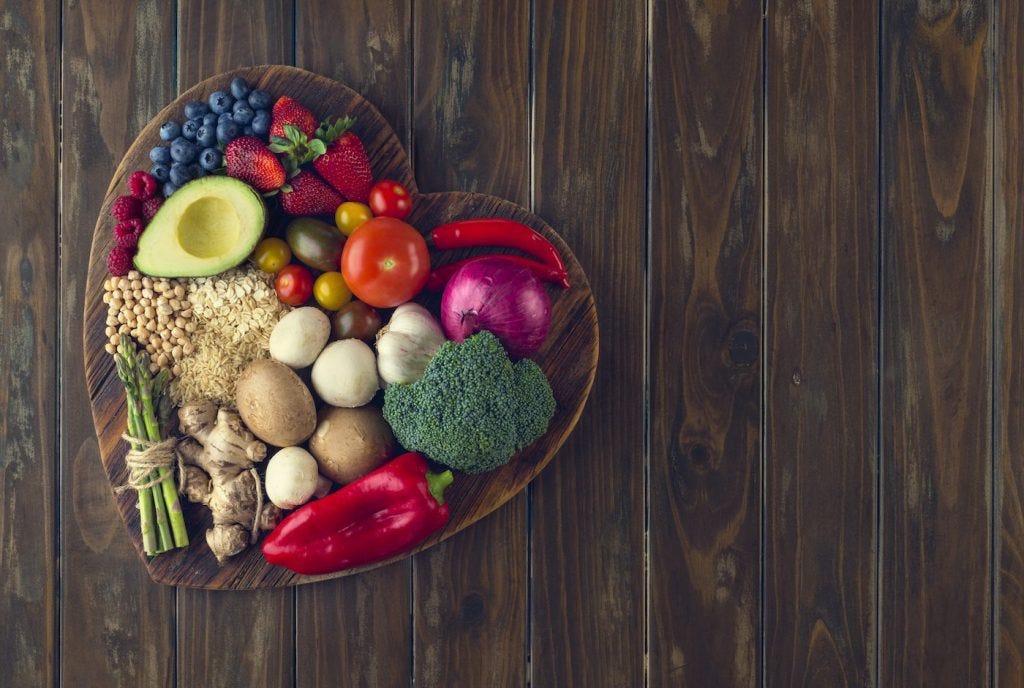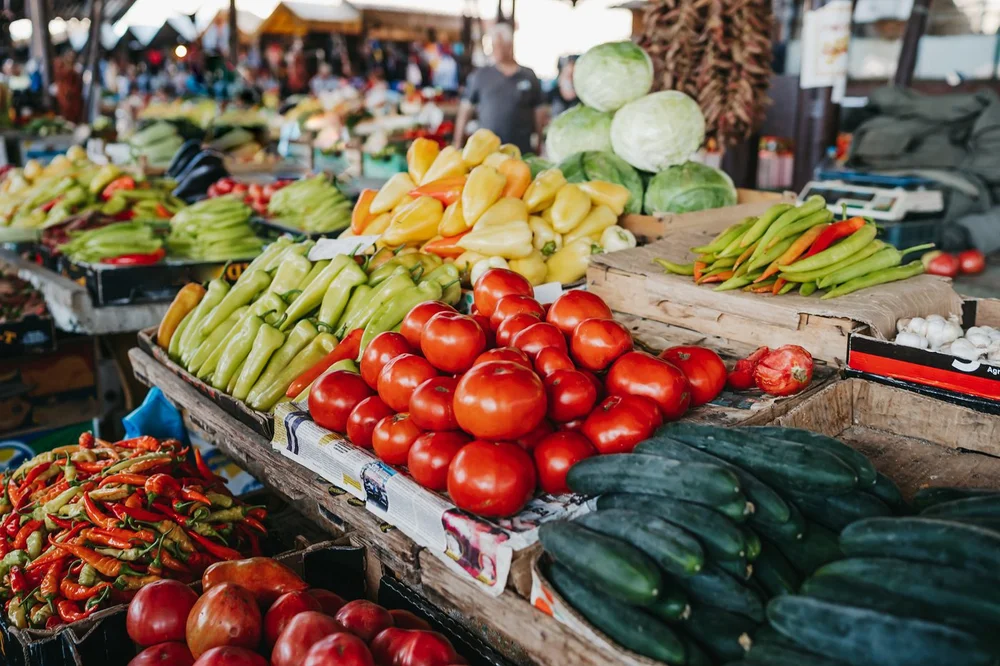6 Foods to Help Regulate Your Blood Pressure Naturally
Having healthy blood pressure is critically important to your life. High blood pressure is the number one risk factor for death in the world.
That’s a scary statistic. Even if you’re young, that should concern you.
While unhealthy blood pressure levels don’t generally become apparent until middle age, key risk factors for elevated blood pressure start much earlier. Years of poor eating and unhealthy lifestyle habits can take their toll over time.
You’ll rarely experience symptoms while your blood pressure slowly increases. That’s why high blood pressure is called the silent killer.
This underscores the importance of being aware of what helps to maintain healthy blood pressure levels…at any age.
Let’s take a closer look at what blood pressure is.
Understanding Blood Pressure
Quite simply, blood pressure is the force of the blood pushing against the walls of your blood vessels. It’s determined by both the volume of blood your heart pumps and the amount of resistance the blood flow meets in your arteries, veins, and capillaries.
Its measurement is recorded by two numbers. The first (systolic pressure) is the higher number, measured after the heart contracts.
The second (diastolic pressure) is the lower number, measured before the heart contracts. Normal blood pressure is 120/80 millimeters of mercury (mm Hg) or lower.
When the pressure of your blood increases, it pushes harder against the artery walls, which can damage their delicate lining. Fat and calcium can then build up in the artery wall, forming plaque, which stiffens your arteries and, consequently, constricts blood flow. Poor blood flow increases blood pressure, and it becomes a vicious cycle.
Your body needs a healthy flow of blood carrying oxygen and nutrients to its organs and tissues, and to carry away waste.
Blood Pressure and the Brain
Blood pressure and the brain are inextricably linked. That’s because your brain needs about 20 % of your body’s blood flow and oxygen to function. Hence, healthy blood pressure and blood flow are key to vibrant brain health.
A recent study found that uncontrolled high blood pressure damages both the brain’s structure and function even in early middle age. The same study found that middle-aged people who have mildly elevated blood pressure (but not clinically high) showed evidence of silent structural brain damage.
When blood pressure is high and blood flow is low, all your body’s systems have trouble. You might experience low libido and you’ll be at greater risk for cardiovascular issues or cerebrovascular events, vision impairment due to retinal damage, and renal failure.
Who wants to set themselves up for any of that?
Well, you don’t have to.
Starting with the foods you eat, you can help to keep your blood pressure in check.
Foods to Reduce Blood Pressure
In general, health experts agree that eating mostly plant-based whole foods, such as fatty fish and lean poultry, moderate amounts of low-fat dairy, nuts, seeds, fruits, vegetables, and non-saturated plant oils, is ideal for healthy blood pressure. They also recommend avoiding saturated fats and trans fats as much as possible, minimizing sodium intake, red meat consumption, and alcohol. Refined carbohydrates found in processed foods, baked goods, and snacks, are also to be avoided.
But let’s get more specific. Here are six exceptional foods for reducing blood pressure that you can start eating today.
6 Natural and Delicious Foods to Help Reduce Blood Pressure

1. Beets
Beets may have blood pressure lowering effects, according to several studies. They are a rich source of nitrates. When ingested, nitrates convert to nitrite and help form nitric oxide, which can have a relaxing effect on blood vessels, lowering blood pressure.
2. Pomegranate
Several studies have shown that blood pressure can be reduced after pomegranate juice consumption. This autumn fruit’s ruby gems are additionally loaded with antioxidants, which offer a host of benefits beyond healthy blood pressure levels.
3. Berries
Berries are a rich source of antioxidants, including anthocyanins, which give them their vibrant color and may be correlated with reduced blood pressure. Like nitrates, anthocyanins may help to relax and widen the blood vessels.
4. Beans and lentils
Beans and lentils are rich in fiber, magnesium, and potassium – nutrients that help to regulate blood sugar. Studies have shown that eating beans and lentils may help to lower high blood pressure, too.
5. Fatty Fish
Salmon, mackerel, sardines, trout, and other fatty fish are excellent sources of omega-3 fatty acids, which may help reduce blood pressure levels and decrease compounds that tend to constrict blood vessels.
6. Leafy Green Vegetables
Nitrate-rich leafy green vegetables such as spinach, kale, mustard greens, cabbage, collard greens, lettuce, and Swiss chard, are rich in nitrates. As mentioned above, nitrates may help to support relaxed and open blood vessels, which can reduce blood pressure. They are loaded with other vitamins and minerals too – in some cases potassium and magnesium, which further help to support healthy blood pressure levels.
This list is by no means exhaustive, but it gives you a starting point.
Work these delicious and nutritious foods into your diet and you’ll be doing what you can to ensure healthy blood pressure levels for the long haul.
At BrainMD, we’re dedicated to providing the highest purity nutrients to improve your physical health and overall well-being. For more information about our full list of brain healthy supplements, please visit us at BrainMD.
- Here Are Some of the Best Tension Release Exercises to Help You Feel Your Best! - April 17, 2024
- Foodscaping: How to Grow Healthy Foods In Your Own Garden! - April 12, 2024
- Eat Your Fruits and Veggies (Don’t Drink Them) - March 29, 2024



